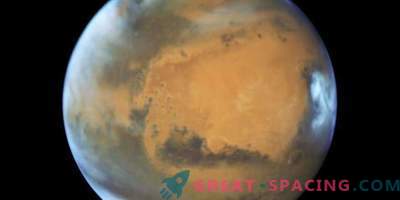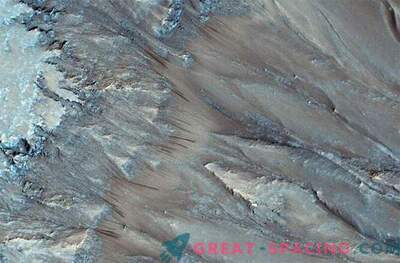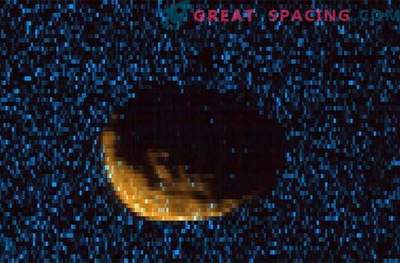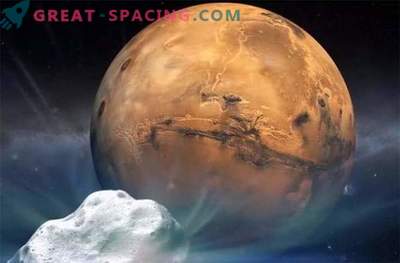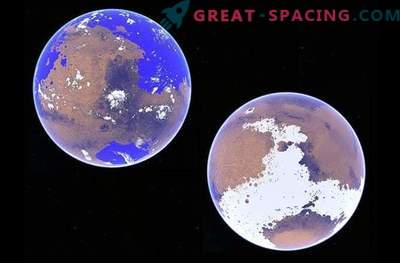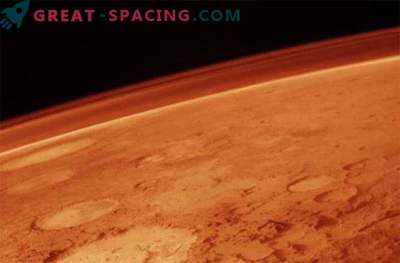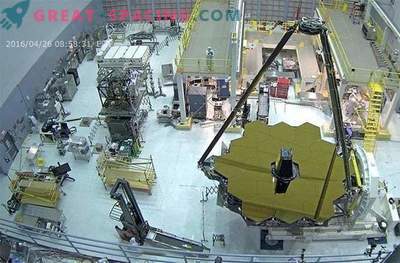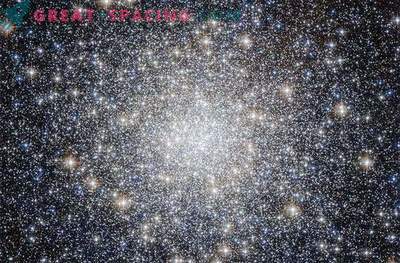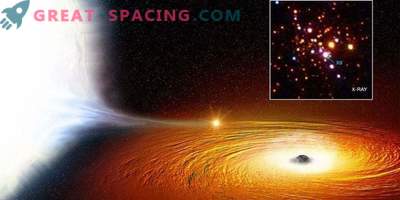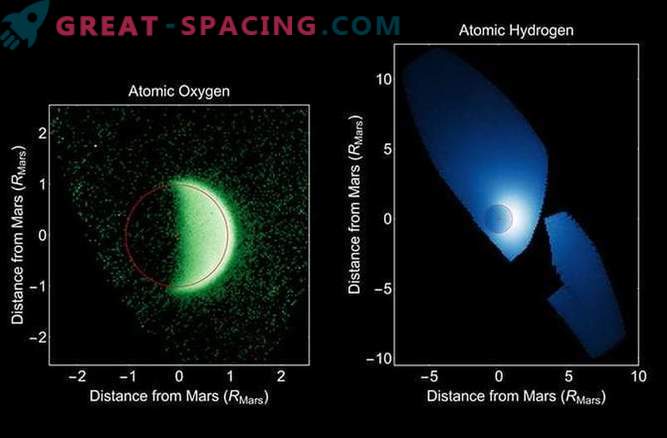
The first results of the recently arrived NASA MAVEN spacecraft on Mars show a vast, fragile cloud of hydrogen surrounding the Red Planet, which is the result of the destruction of water molecules in the atmosphere.
MAVEN arrived on September 21 to help scientists answer the question of how it happened that a planet that was warm and humid had turned into a cold and dry desert.
MAVEN has not yet reached its intended working orbit, but for three days the spacecraft's instruments will measure the level of hydrogen, as well as oxygen and carbon in the atmosphere of the Red Planet, the atoms of which stand out as a result of the breakdown of water molecules, carbon dioxide and other molecules.
Clouds of hydrogen are the most extensive, as lighter atoms rise up in the atmosphere, where they can be dispersed by the solar wind.
"These measurements will help us estimate the rate of dispersion of hydrogen from the atmosphere of Mars into space. This is an important indicator, since hydrogen is formed from water lower in the atmosphere," said MAVEN scientist Mike Chaffin during a conference call. Over the next year, scientists plan to use MAVEN to collect data on seasonal changes in the upper and lower atmospheres of Mars. This information will be used in computer models in order to calculate how much Mars has lost the atmosphere to date.
Scientists also want to use data to determine exactly when Mars had a sufficiently dense atmosphere to maintain liquid water on the surface.
This weekend MAVEN will join the entire fleet of probes of Mars in order to study in detail comet Siding Spring, which will be as close as possible to Mars this Sunday.
Next month, scientists are hoping to reinforce the joint work plan with another Mars Orbiter Mission (MOM) spacecraft arrived in Mars.





